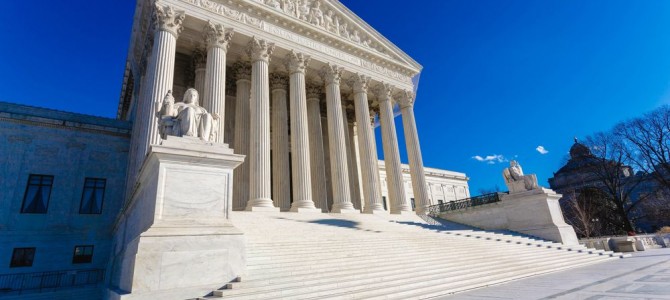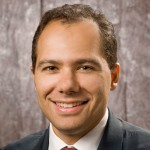
As we approach the end of the race for the vacant Supreme Court seat, pundits seem obsessed by the lack of “diversity” among President Trump’s would-be justices. Judges Neil Gorsuch, Thomas Hardiman, and William Pryor may be the best jurists since Solomon, goes the narrative, but they’re awfully bland.
“Meet the 3 white men on Trump’s reported shortlist,” reads the title of a ThinkProgress analysis. (“Plus 5 more white people he’s reported to have considered,” added the subtitle.) The Associated Press likewise explains in the second sentence of its story that those being considered are “all white men.” Even reporters who are favorably disposed to the finalists feel obligated to note that “as three straight white males, they aren’t a terribly diverse bunch.”
Of course, if you look at characteristics other than skin tone and Y-chromosome, you could hardly get a more varied set of candidates. They would all break up the uniformity on the high court that the late Justice Scalia lamented in a famous dissent: Three current justices are from New York City (as was Scalia), plus one more from New Jersey. Only one grew up in a non-coastal state. All are either Catholic or Jewish. All went to Harvard or Yale law school. Etc.
Trump’s trio would break that mold.
These Justices Would Bust The Conformity On the Court
Gorsuch of the Denver-based U.S. Court of Appeals for the Tenth Circuit is the son of the first female head of the Environmental Protection Agency. An avid outdoorsman who loves to fish, hunt, and ski, he worked as a furniture mover and hotel front-desk clerk during summers home from college. A “genuine Westerner,” in Scalia’s formulation, Gorsuch’s sole weakness is that he too graduated from Harvard Law.
Hardiman of the Philadelphia-based Third Circuit was the first person in his family to go to college, at Notre Dame. He put himself through school driving a taxi and got his law degree at Georgetown—there we go!—before settling in Pittsburgh, where he’s served on the board of Big Brothers Big Sisters.
Pryor of the Atlanta-based Eleventh Circuit graduated from a small high school in Mobile, Alabama, before getting degrees from Northeast Louisiana University (now the University of Louisiana–Monroe) and Tulane University Law School. In the late 1990s, he became the youngest attorney general in the country and went on to prosecute Alabama’s chief justice. He lives in Birmingham.
Unless you think that diversity runs only skin-deep, these people have wide-ranging—dare I say colorful—backgrounds.
The same goes for Sixth Circuit Judge Raymond Kethledge of Ann Arbor (and Michigan Law School) and Seventh Circuit Judge Diane Sykes of Milwaukee (and Marquette Law School)—now considered to be the fourth- and fifth-most likely choices. About the only thing these folks have in common is that they’re all federal appellate judges who don’t live in the Acela corridor.
Whatever Happened to Character Over Color of Skin?
Alas, the diversity critique didn’t just come about post-inauguration. When candidate Trump announced his initial list of 11 potential nominees last May, and added 10 more in September, most analysts noticed the geographic diversity—these people are from flyover states!—but bemoaned everything else. Only four women! Just one African-American! The Latino wasn’t even born here! (Like Miguel Estrada, whose nomination to the DC Circuit was shamelessly blocked so President George W. Bush wouldn’t be able to appoint the first Hispanic justice.)
But more remarkable than those aspects is that nine of the 21 were from state courts. It’s been more than 35 years since a justice (Sandra Day O’Connor) came from a state judiciary. Two were from federal district courts, including the Venezuelan-born Federico Moreno and Amul Thapar, who in 2008 became the first Indian-American Article III judge and who’s a shoo-in for elevation to the Sixth Circuit. There was even a U.S. senator, Mike Lee of Utah—there hasn’t been one of those picked since 1949—whose brother, Utah Associate Chief Justice Thomas Lee, was also on the list.
Then there’s Eighth Circuit Judge Raymond Gruender of St. Louis, whose father shot him during a domestic dispute before killing himself.
In short, Democrats and progressive activists will no doubt attack the jurisprudence of whomever emerges from this contest. I welcome that debate, but charges of insufficient diversity can only come from those with insufficiently developed understandings of that term.









